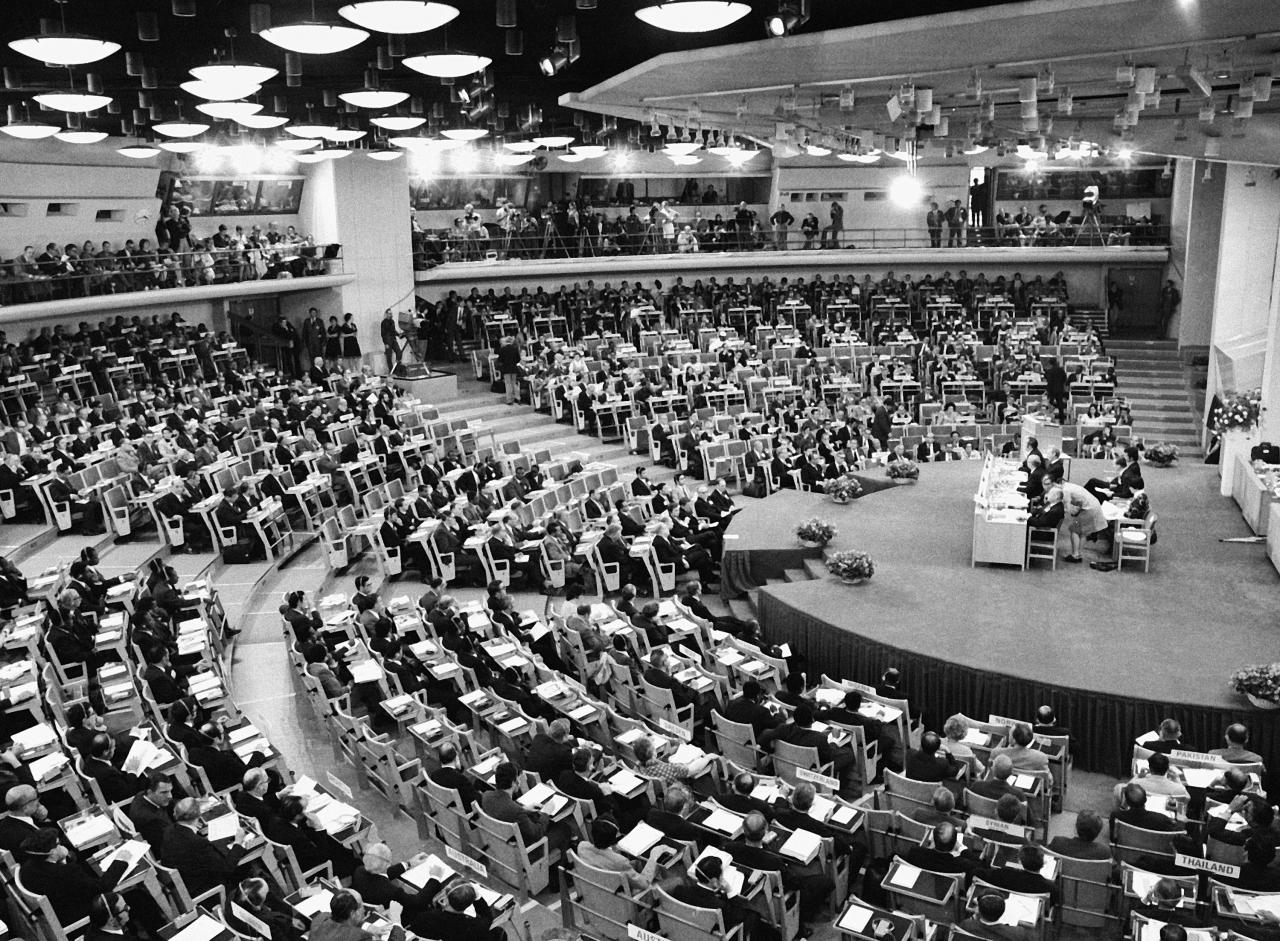
View of the Stockholm Conference's opening meeting, 1972, International Institute for Sustainable Development
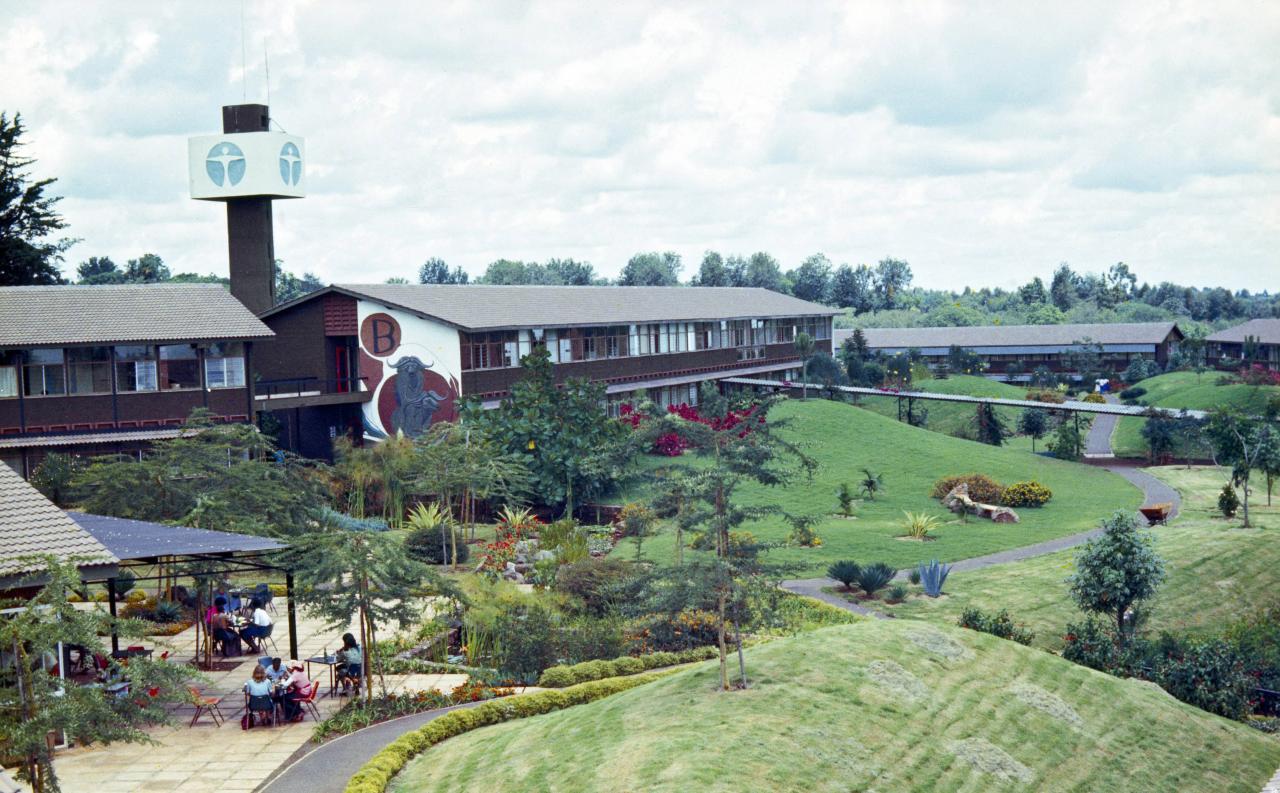
View of the UNEP headquarters in Nairobi, Kenya, 1978, International Institute for Sustainable Development
The tragedy in Minamata contributed to other widespread calls to action for global leaders to address chemical wastes.
“I know of no community that has experienced all the misfortunes I describe. Yet every one of them has actually happened somewhere in the world, and many communities have already suffered a substantial number of them. A grim spectre has crept upon us almost unnoticed, and soon my imaginary town may have thousands of real counterparts.”
~Rachel Carson, 1962, Silent Spring

Earth Week celebrations ahead of the first Earth Day at the Independence Mall in Philadelphia, 1970, The Washington Post
Aileen Mioko and W. Eugene Smith’s photo series for Life magazine raised international awareness of Minamata.
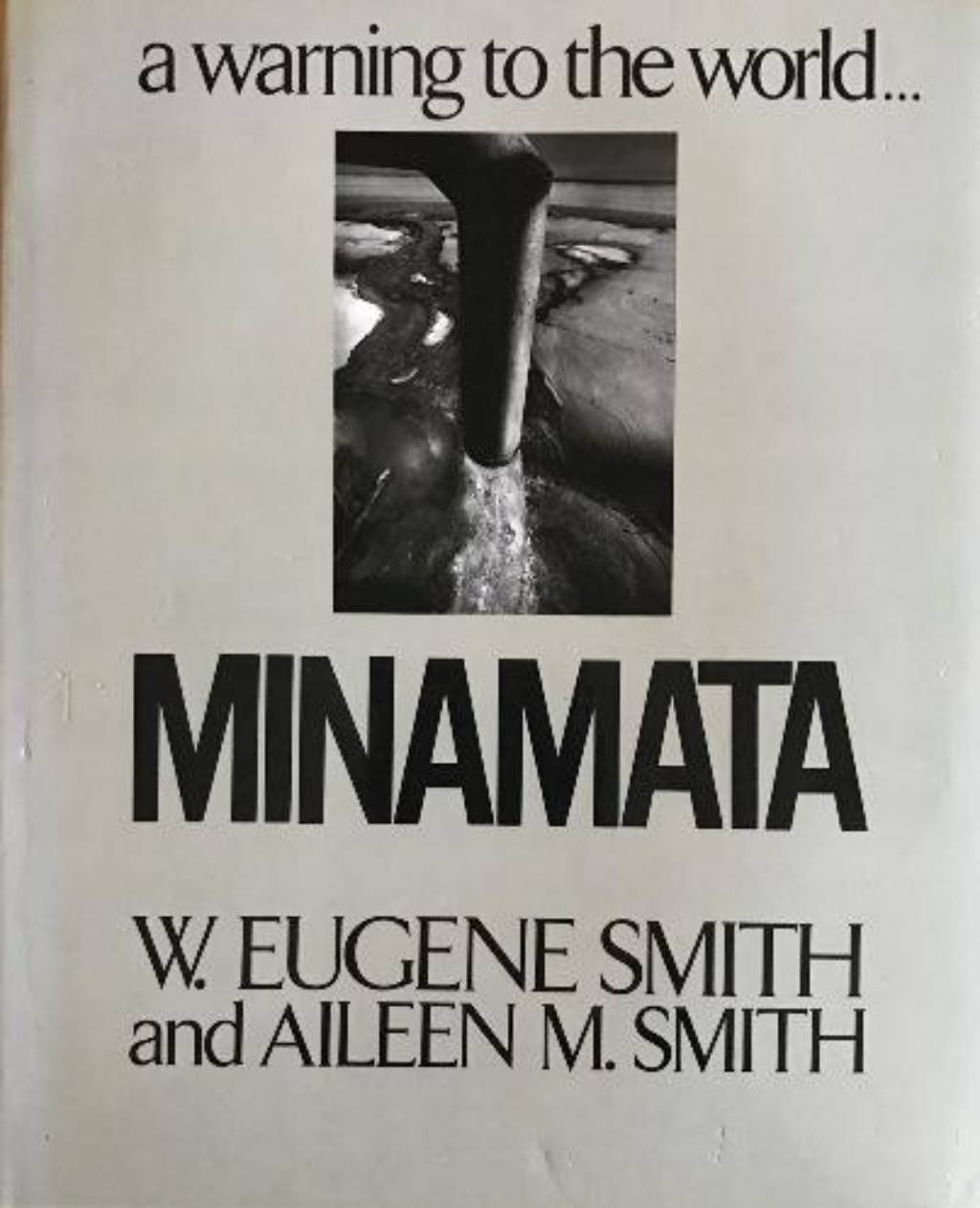
Cover of Aileen Mioko and W. Eugene Smith's A Warning to the World, Blind Magazine
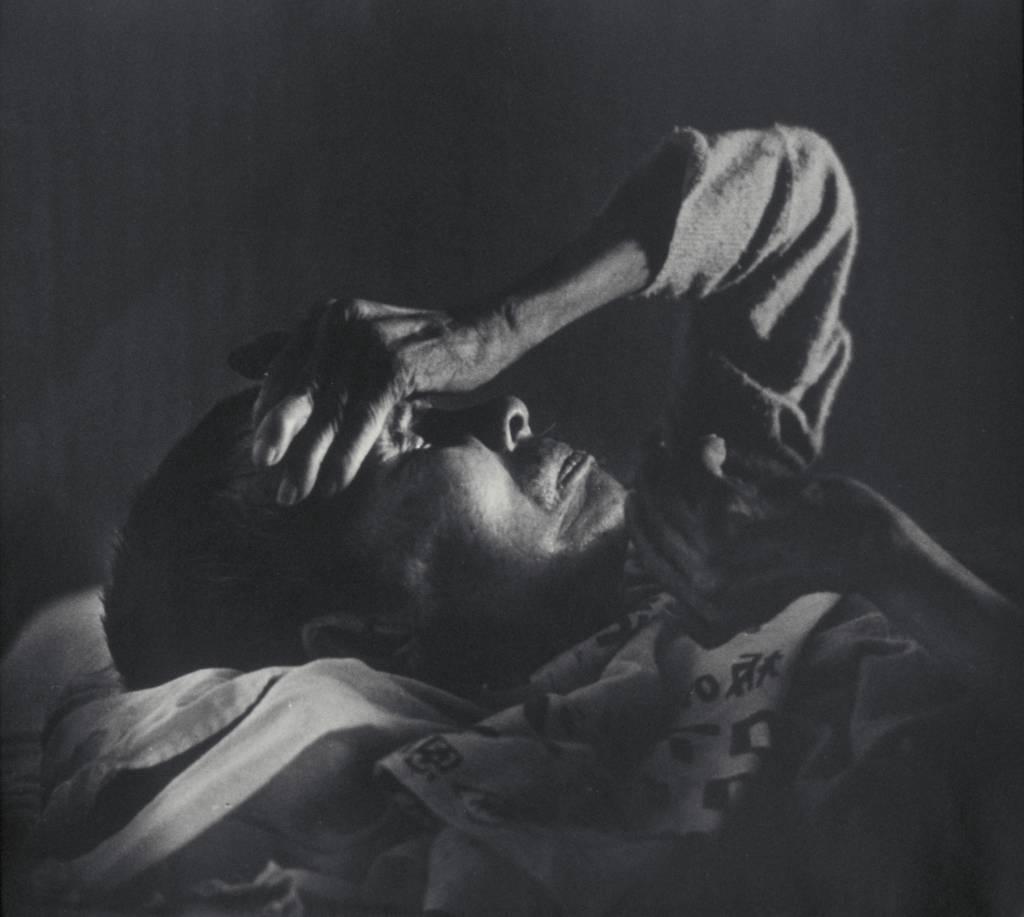
Photograph of Minamata disease victim, Blind Magazine
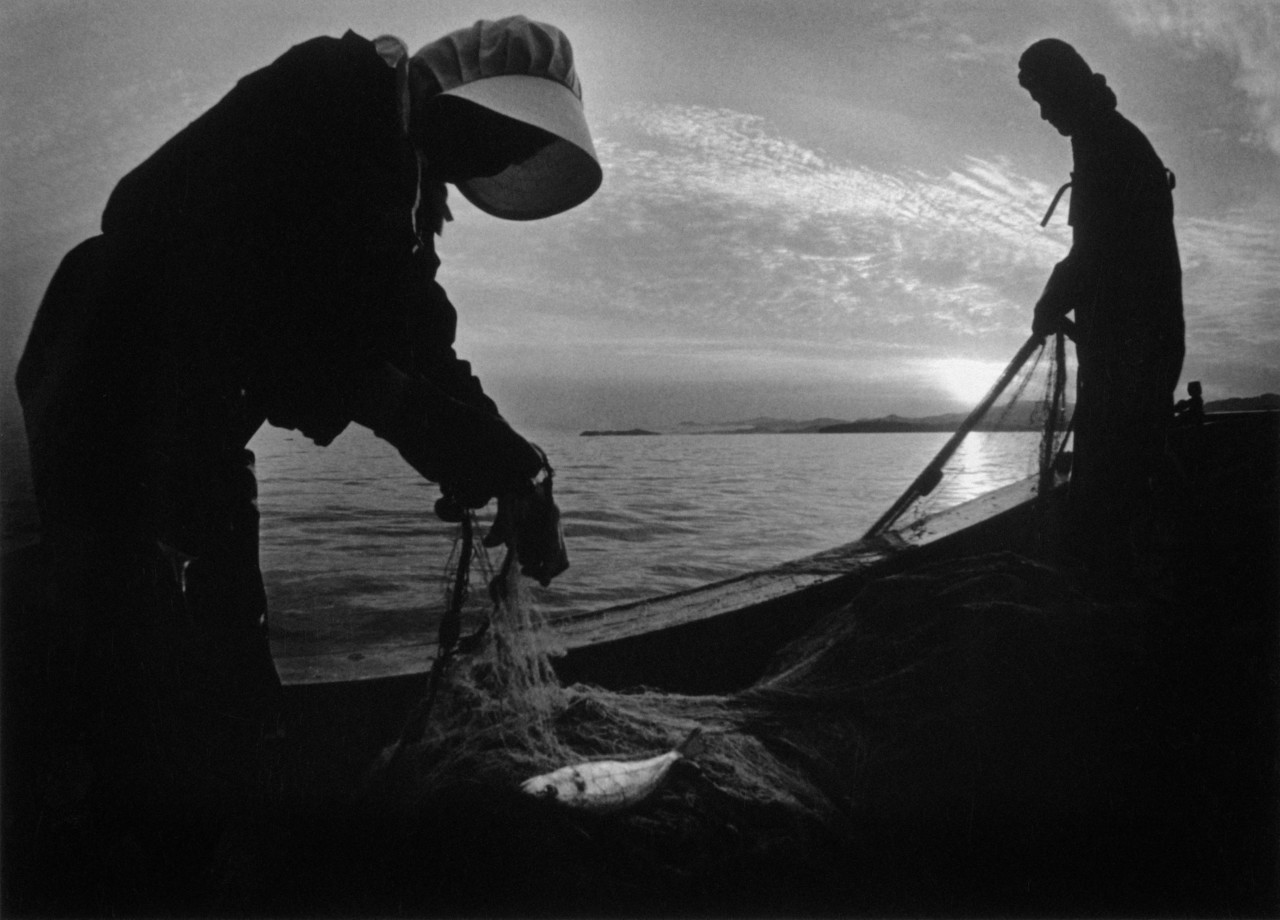
Photograph of fishermen in Minamata Bay, 1972, Magnum Photos
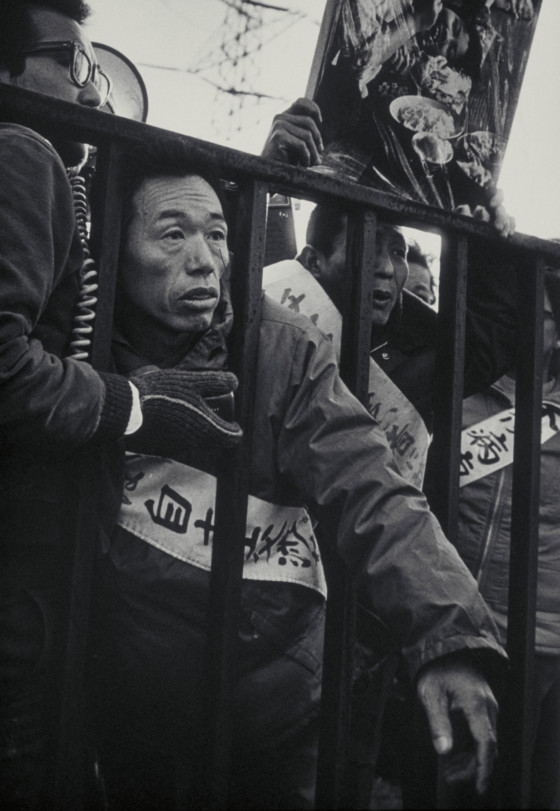
Photograph of protesters at Chisso's Goi factory gates, Kyoto Journal
In 1972, Member States and NGOs attended the first UN Conference on the Human Environment in Stockholm. It produced the first set of global principles for environmental protection with the Stockholm Declaration and established the UN Environment Programme.

View of the Stockholm Conference's opening meeting, 1972, International Institute for Sustainable Development

View of the UNEP headquarters in Nairobi, Kenya, 1978, International Institute for Sustainable Development
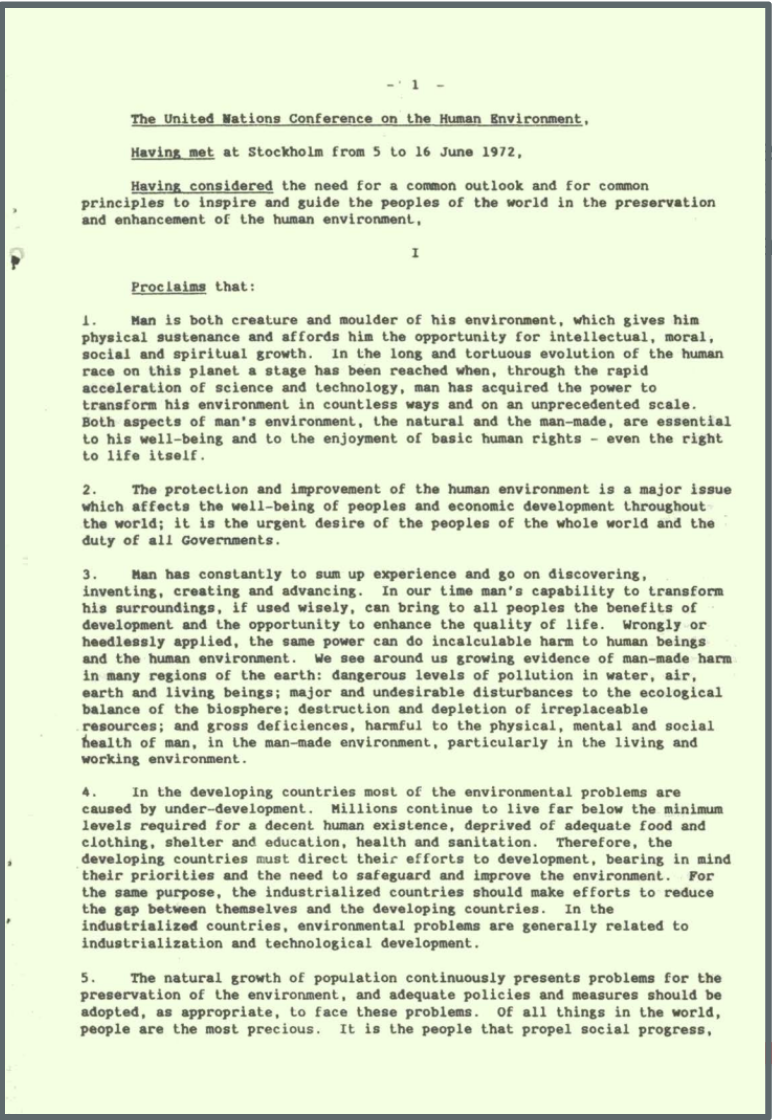
Stockholm Declaration, 1972, United Nations Environment Programme
The Minamata crisis shaped diplomats’ actions. Shinobu Sakamoto, a 15-year-old Minamata disease victim, attended to advocate for action against chemical pollution.
“At the 1972 Stockholm Conference, Director Oishi of the Environment Agency touched on pollution issues that had occurred within Japan, such as Minamata disease, and spoke of the tragic harm to life as a result. He also received much praise when he announced a shift in government policy from one prioritizing economic growth, to one that prioritized environmental protection and human health. In addition, Tsuginori Hamamoto and Shinobu Sakamoto from Minamata, as well as Harada Masazumi, a leading researcher of Minamata disease appeared at the conference, and spoke of the harm caused by Minamata disease as well as need for preventative measures.”
~Minamata Disease Municipal Museum
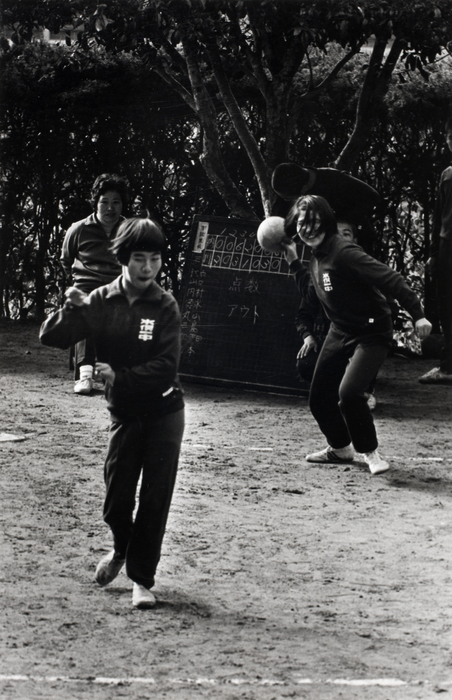
Shinobu Sakamoto, circa 1972, International Center for Photography
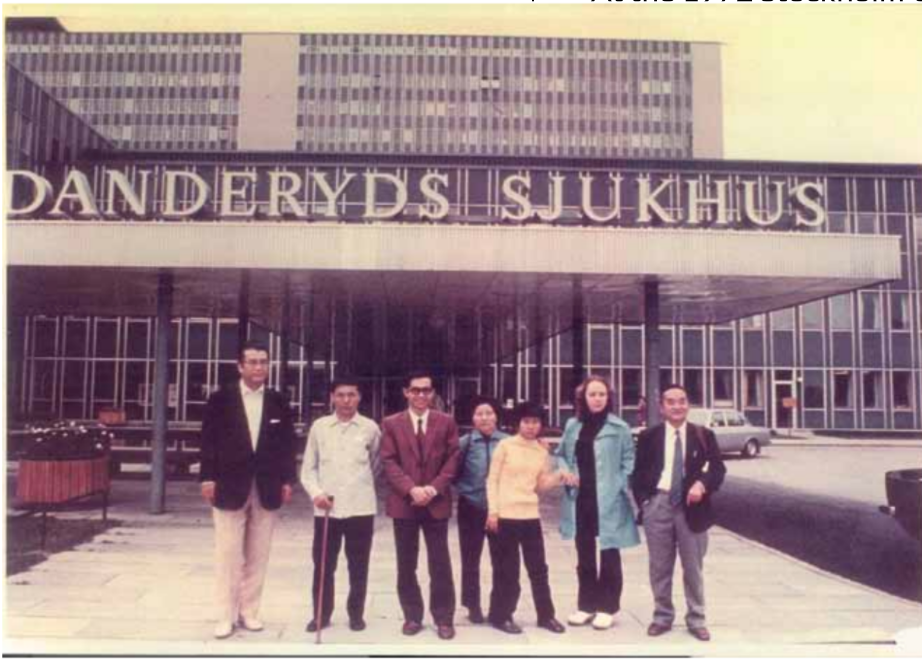
From left to right: Dr. Noboru Ogino, Mr. Tsuginori Hamamoto, Dr. Masazumi Harada, Ms. Fujie Sakamoto, Ms. Shinobu Sakamoto, unknown person, and Dr. Soubei Togo, 1972, Minamata Disease: A Challenge for Democracy and Justice